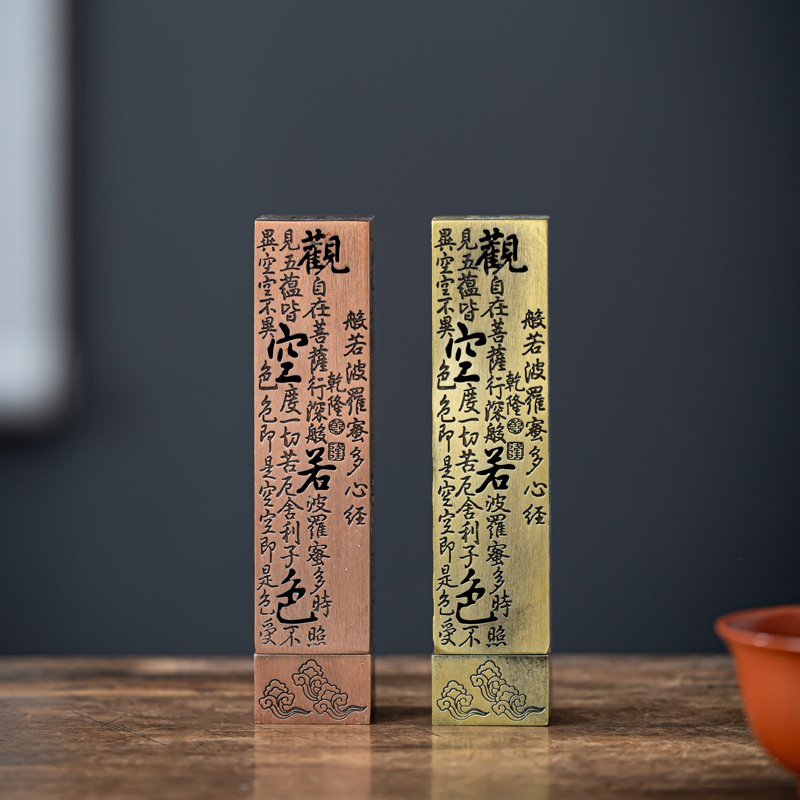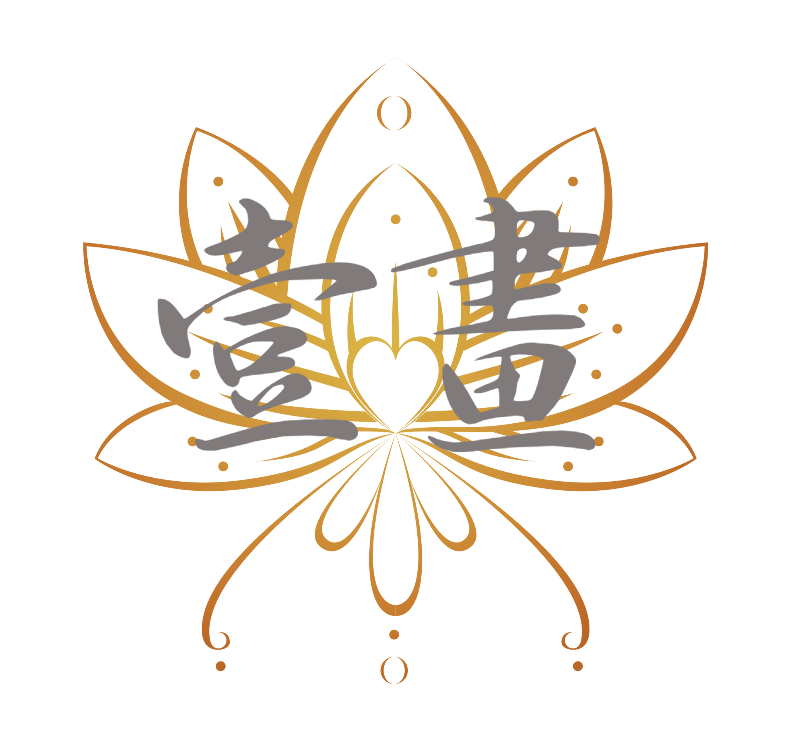Introduction: In the global Buddhist supplies trade, incense burners serve as core religious artifacts with annual transactions exceeding US$1.5 billion. For professional practitioners, assessing burner quality impacts both product competitiveness and end-user spiritual experience. This guide systematically builds comprehensive procurement knowledge across three dimensions: material properties, craftsmanship grades, and religious compliance standards.
Chapter 1: Material Science – In-Depth Analysis of 7 Primary Materials
1.1 Copper Alloys: Balancing Tradition and Innovation
Copper burners dominate over 65% of global temple procurement due to superior thermal conductivity and solemn aesthetics. Key variations:
1.1.1 Standard Brass (Cu60-80%)
- Thermal conductivity: 401W/(m·K) ensures complete incense combustion
- Market position: Standard in Southeast Asian temples (42% global supply from Chiang Mai)
- Procurement tip: Require EDX analysis reports for copper content verification
1.1.2 High-Purity Copper (Cu≥99%)
- Religious status: Premium implement in Tibetan Buddhism
- Technical challenge: Requires electrolytic purification (ideal acoustic frequency: 320-350Hz when struck)
- Price range: 3-8 times of standard brass
1.1.3 Innovative Nickel Silver (Cu-Ni-Zn)
- Hygienic advantage: Natural antibacterial properties (ideal for hospital chapels)
- Regulation note: EU REACH restricts nickel release (<0.5μg/cm²/week)
1.2 Ceramics: Fusion of Art and Function
Modern ceramic technologies enable breakthroughs:
1.2.1 High-Temperature Stoneware
- Physical properties: <3% water absorption, withstands 300°C thermal shock
- German market: 47% annual growth in Zen centers (prefers matte glazes)
- Technical key: 12-15% spodumene content
1.2.2 Bone China Premium
- Composition standard: ≥30% bone ash, >35% light transmission
- UK market: 800% luxury markup (Harrods etc.)
- Testing essential: ISO 4531 lead/cadmium migration compliance
1.2.3 Advanced Composites
- Silicon carbide nano-ceramic: 40% thermal efficiency gain (UL certification pending)
- Sacred material: Korean-patented Bodhi ash composite (flexural strength >120MPa)
1.3 Specialty Materials Economic Analysis
- Wooden burners: 21% US market growth (require FSC certification)
- Glass art: Japanese luxury lines (US$2000+ but 15% breakage rate)
- Stone carvings: Carrara marble versions incur 40% shipping costs
Chapter 2: Craftsmanship Evaluation – Traditional to Modern Techniques
2.1 Traditional Casting Grades
2.1.1 Premium Lost-Wax (Japan)
- Precision: ±0.3mm wall thickness, <1.5% weight variance
- Production: 90-120 days (50-80 pieces/month)
- Authentication: Hand-trimming marks inside
2.1.2 Commercial Sand-Casting (India)
- Cost advantage: 60-70% cheaper than lost-wax
- Quality control: Mandatory X-ray inspection reports
2.2 Modern Manufacturing Breakthroughs
2.2.1 Precision CNC Machining
- Shenzhen suppliers capabilities:
0.01mm pattern accuracy
Seamless 3D structures
2.2.2 Laser Technology
- Efficiency comparison:
Traditional carving: 3 hours/piece
Laser etching: 8 minutes/piece
- Advanced applications:
Invisible anti-counterfeit marks
Custom scripture engraving
2.3 Surface Treatment Standards
2.3.1 Gilding Process
- Quality benchmark:
≥2μm gold layer (24K)
20+ years colorfastness
- Verification:
Onsite XRF spectrometry
Salt spray test reports (72hrs)
2.3.2 Aging Techniques
- Chemical patina:
Identification: Artificial color gradients
- Natural oxidation:
Requires 6-18 months cellaring
Commands 3-5 times higher market value
Chapter 3: Religious Semiotics – Essential Procurement Knowledge
3.1 Denominational Design Codes
3.1.1 Chinese Buddhism
- Pattern system:
Triple lotus (avoid 5-petal)
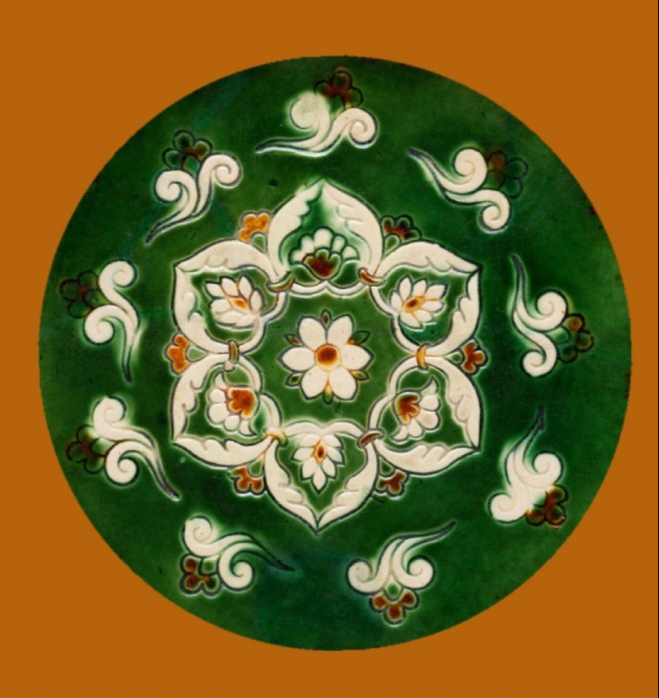
Ruyi clouds (odd-numbered)

- Dimensions:
Main hall: ≥50cm height
Household: 15-20cm diameter
3.1.2 Tibetan Buddhism
- Sacred motifs:
Eight Auspicious Symbols (note conch rotation)
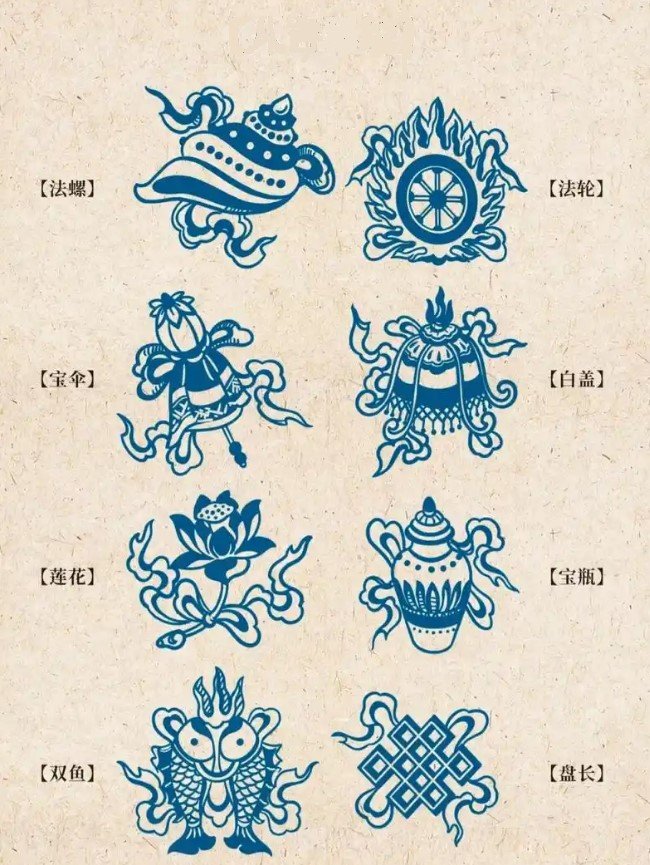
Six-syllable mantra font standards
- Material taboos:
Chrome plating prohibited
Consecration ritual required
3.1.3 Theravada Buddhism
- Design characteristics:
Bodhi leaf veins (must be odd-numbered)
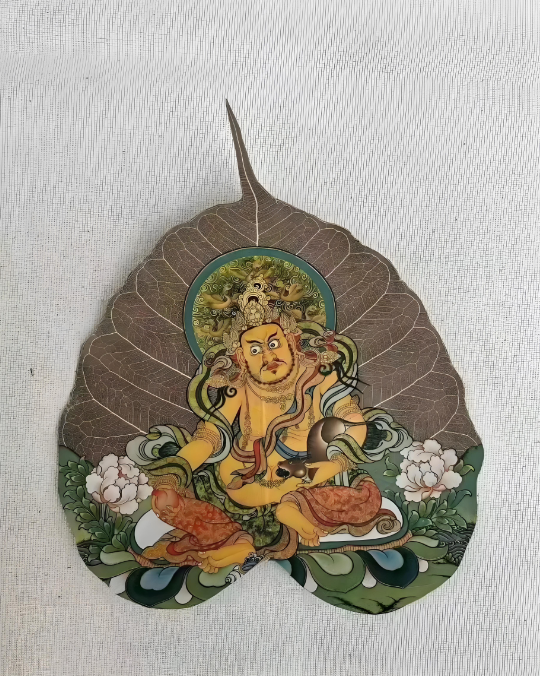
Clean linear forms
- Color protocol:
Gold/white/brown palette
Avoid bright reds
3.2 Cross-Cultural Compliance
3.2.1 Islamic Markets
- Absolute prohibitions:
Animal imagery
Buddhist iconography
- Alternatives:
Geometric arabesques
Quranic calligraphy
3.2.2 Western Markets
- Key considerations:
Avoid excessive religious
Emphasize the positioning of “meditation tool”
- Top-selling features:
Scandinavian minimalism
Detachable design
Conclusion: An incense burner serves as a bridge between the material and the spiritual—its selection reflects not only the object itself but also the cultural refinement and spiritual pursuit of its user. In today’s world, where globalization and modernity intertwine, choosing an incense burner requires balancing multiple dimensions: tradition and innovation, function and aesthetics, utility and symbolism.
A high-quality incense burner should embody three harmonies: the authenticity of material, the beauty of craftsmanship, and the depth of meaning. Modern buyers must respect traditional rituals while considering contemporary lifestyles, allowing ancient artifacts to find new life while preserving cultural roots.
True quality lies not only in exquisite external workmanship but also in the resonance the object creates with the user’s soul. The process of selecting an incense burner is, at its core, a cultural practice—a dialogue with oneself.
.png)
